1010233540
HYDRAULICS
PRACTICUM
Unit I INTRODUCTION
1
1.1 FLUID PROPERTIES & MEASUREMENT OF PRESSURE
Hydraulics – Definition – Fluids – Properties of fluids – Types of pressures – Static pressure, Atmospheric pressure, Gauge pressure, Vacuum pressure and Absolute pressure-Measurement of Pressure-Simple Mercury Barometer – Piezometer Tube-Simple U-Tube Manometer-Differential Manometer.
1.2 FLOW OF FLUIDS
Types of Flow – Energy possessed by a Fluid Body – Potential Energy and Potential Head – Pressure Energy and Pressure Head – Kinetic Energy and Kinetic Head – Total Energy and Total Head – Bernoulli’s Theorem (No proof) – Venturimeter – Orificemeter
Practical exercises:
1. Study of Manometers and Pressure Gauges. (Not for Exam)
2. Verification of Bernoulli’s Theorem.
3. Flow through Venturimeter – Determination of Co-efficient of Discharge.
4. Flow through Orificemeter – Determination of Co-efficient of Discharge.
Unit II FLOW THROUGH ORIFICES AND MOUTH PIECES
Definitions – Types of orifices – Vena contracta – Hydraulic coefficients Cd, Cv and Cc – Formula – Large orifice – Definition – Discharge formula – Practical applications of orifices – Types of mouth pieces-External and internal mouth pieces-Discharge formula.
3
Practical exercises:
5. Flow through orifice – Determination of Co-efficient of Discharge by Time fall-Head method.
6. Flow through orifice – Determination of Co-efficient of Discharge by Constant head method.
7. Flow through external cylindrical mouth piece – Determination of Co-efficient of Discharge by Timing fall in head method.
8. Flow through external cylindrical mouth piece – Determination of Co-efficient of Discharge by Constant head method.
Unit III FLOW THROUGH PIPES
Definition of pipe-Losses of head in pipes – Major losses – Minor losses – Sudden enlargement, sudden contraction, obstruction in pipes (No proof) – Energy/Head losses off lowing fluid due to friction – Darcy’s equation – Chezy’s equation (No derivation) – pipes in parallel flow / series flow connected to a reservoir.
Practical exercises:
9. Determination of friction factor for the given GI pipe.
Unit IV FLOW THROUGH NOTCHES AND WEIRS
Definitions-Types of notches – Rectangular, Triangular and Trapezoidal notches-Formula (No derivation)-Comparison of V-Notch and Rectangular Notch-Weir – definition – classifications of weirs-comparison of Weirs and Notches.
Practical exercises:
10. Determination of Co-efficient of Discharge for Rectangular Notch.
11. Determination of Co-efficient of Discharge for Triangular Notch.
12. Determination of Co-efficient of Discharge for Trapezoidal notch.
Unit V PUMPS
Pumps – Definition – Classification of pumps – Reciprocating pump – Construction Detail and Working Principle – Types – Single Acting and Double Acting – Slip – Air Vessels – Discharge and Efficiency – Centrifugal pump – Advantages and Disadvantages over a Reciprocating pump – Layout – Construction Details – Priming of Centrifugal Pump – Construction and Working of the Pump – Classification – Functions of Foot Valve, Delivery Valve and Non – Return Valve – Fundamental Equation of Centrifugal Pump – Characteristics of a Centrifugal Pump – Discharge, Power and Efficiency.
Practical exercises:
13. Prepare a Layout and indicate the construction parts of a Reciprocating pump / Centrifugal pump.(Not for Exam)
14. Reciprocating pump – To draw characteristic curves and determine the efficiency.
15. Centrifugal Pump – To draw characteristic curves and determine the efficiency.




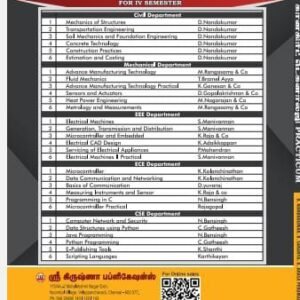



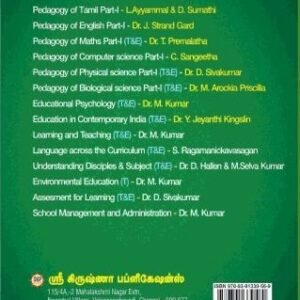
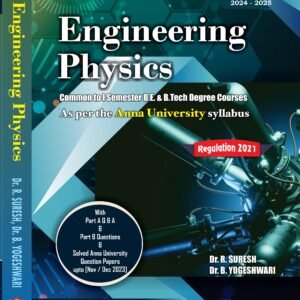
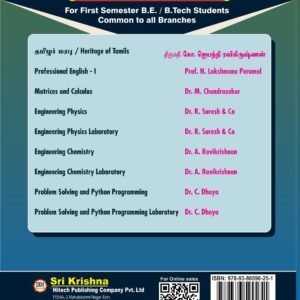

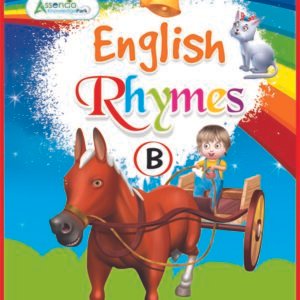
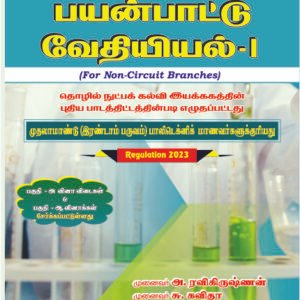
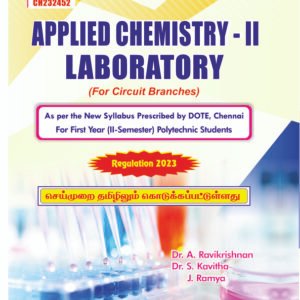

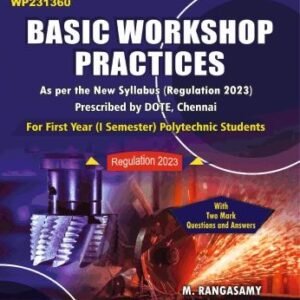
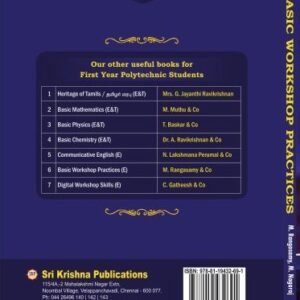
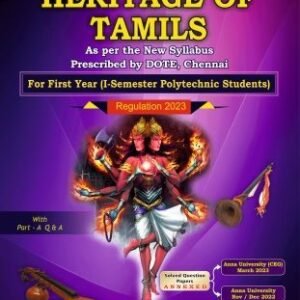
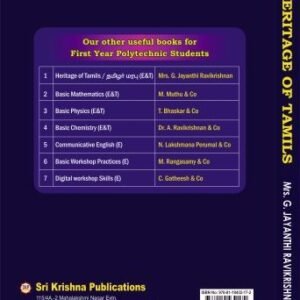
Reviews
There are no reviews yet.